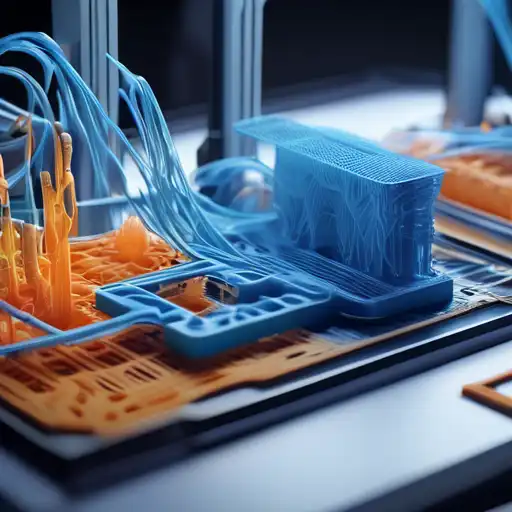Introduction to 3D Printing
3D printing, also known as additive manufacturing, is a process of creating three-dimensional objects from a digital file. This innovative technology builds objects layer by layer, offering unparalleled flexibility in design and manufacturing. From prototyping to production, 3D printing is revolutionizing industries worldwide.
How Does 3D Printing Work?
The process begins with a digital 3D model, which is sliced into thin layers by specialized software. The 3D printer then builds the object by depositing material layer by layer until the entire object is formed. Materials used can range from plastics and metals to ceramics and even biological materials.
The Benefits of 3D Printing
- Customization: 3D printing allows for the creation of customized products tailored to individual needs.
- Speed: Prototypes can be produced much faster than traditional methods, accelerating the development process.
- Cost-Effectiveness: Reducing material waste and eliminating the need for expensive molds, 3D printing can significantly lower production costs.
- Complexity: It enables the production of complex geometries that are impossible or too costly to achieve with conventional manufacturing techniques.
Applications of 3D Printing
3D printing is making waves across various sectors, including healthcare, where it's used for prosthetics and organ models; aerospace, for lightweight components; and automotive, for parts and prototypes. The technology is also paving the way for sustainable manufacturing practices by minimizing waste and energy use.
Challenges and Future Directions
Despite its advantages, 3D printing faces challenges such as material limitations and the need for faster production speeds. However, ongoing research and development are addressing these issues, promising even broader applications in the future. Innovations like 4D printing, where objects can change shape over time, are on the horizon.
3D printing is not just a tool for manufacturing; it's a catalyst for innovation, enabling creators and engineers to bring their visions to life with unprecedented speed and flexibility. As the technology continues to evolve, its impact on industries and society will only grow, making it a key player in the future of manufacturing.
